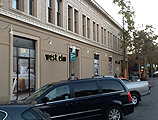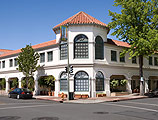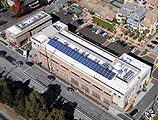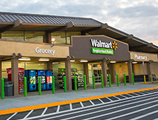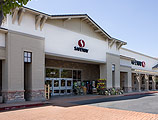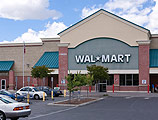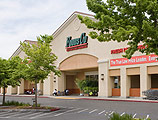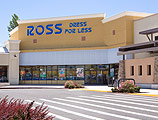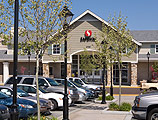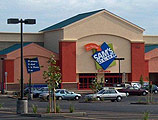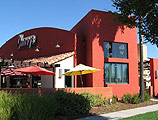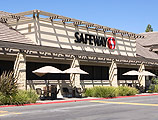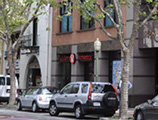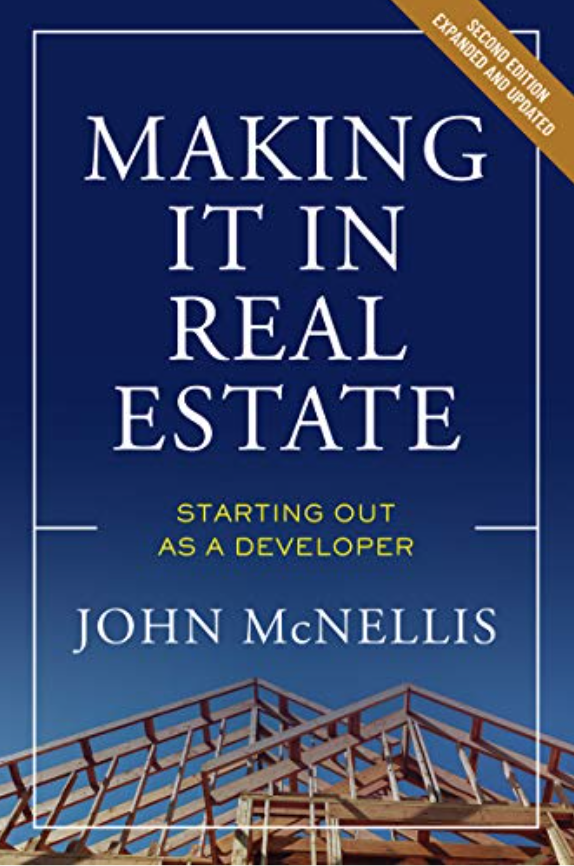The Chicago Cubs went 108 years between World Series victories. It may not be quite that long before retail wins real estate’s World Series, that is, before it becomes the industry’s most desirable asset class. After 16 years in last place, bricks & mortar retail has finally climbed a rung, possibly two, in investment standings. While the office market’s Covid collapse has doubtless aided retail’s resurgence, it’s worth considering another driving force.
Retail’s investment allure faded in the 2000’s: rents flattened while vacancies rose and lenders laughed at retail developers. While other factors were afoot, epidemic overbuilding played the lead role in this downfall. And just as retail was hanging on the ropes, struggling to right itself, e-commerce leapt in the ring. Pundits predicted a knock-out blow. In November of 2017, the Wall Street Journal declared retail dead. Your correspondent countered with, “Traditional retail may be battered and bloated, but its sales are ticking upward and it is limping toward recovery, toward an equilibrium between bricks and e-commerce…”
The Journal now reports that retail is enjoying a revival, its overbuilding in the rear view mirror, its rents rising, vacancies declining, its gradual integration with e-commerce proceeding smoothly, and—surprisingly—bricks sales growth actually outpacing on-line sales growth for the first time ever.
This time around, our hands-on experience mirrors the Journal’s observations. Our retail portfolio consists of neighborhood shopping centers anchored by supermarkets, banks, food, personal services and gas. Our vacancies have filled, our rents are up a bit and, for the first time in years, our tenants are no longer complaining…at least not to us.
Yet news is seldom as good or as bad as it first appears. Or as sweeping. The problem with declaring that retail is either threatened or thriving is that the term retail is akin to the term cancer—it encompasses a multitude of different species. Google reports more than 200 kinds of cancer and anywhere from 7 to 21 distinct types of retail. We’d say about 7. If you were to overlay those 7 retail categories on the nation’s diverse local economies, some flourishing, some floundering, you would find one-size-fits-all pronouncements a fool’s errand. One small example: despite the industry’s nascent vitality, retail in San Francisco’s boneyard financial district is comatose.
Back to retail’s pennant run. Inflation is an ill wind, but it does blow good…for a few. Yes, it’s hell on lenders, lower to middle-income consumers and retirees on fixed incomes (basically every vote Congress needs), but it’s a godsend for big-time borrowers. If you borrow a million dollars for a ten year period when inflation averages, say, 5 percent, you’ll pay fifty cents on the dollar to retire your loan. This is in part where retail’s newfound appeal comes in: A long-term lease is no different than a loan; the tenant is in effect the borrower. With inflation, a tenant’s rent becomes ever cheaper. Wall Street knows that, among all real estate classes, retailers have the longest leases. Residential leases typically run a year, office 2-5 years, and industrial perhaps 3-10. But major retail leases—e.g. supermarkets—often run 20-25 years. If Target had signed a 25 year lease a few years back, inflation dropped its rent by 8.5 percent over the last 12 months. Provided a retailer’s prices can keep apace with inflation (admittedly not easy), its sales are effectively fixed, while a significant part of its costs plummet. Thus, a canny retailer’s profits can soar while it is seemingly treading water. Retail landlords benefit both immediately—the more profitable the tenant, the more stable the landlord’s income—and over time. A shopping center with below market rents sells at a substantial premium over those with market or above-market rents. And no matter its length, that lease will eventually burn off allowing the landlord to reset her rents to market, likely at a vast multiple of the old rent.
Nice to climb out of the cellar.





